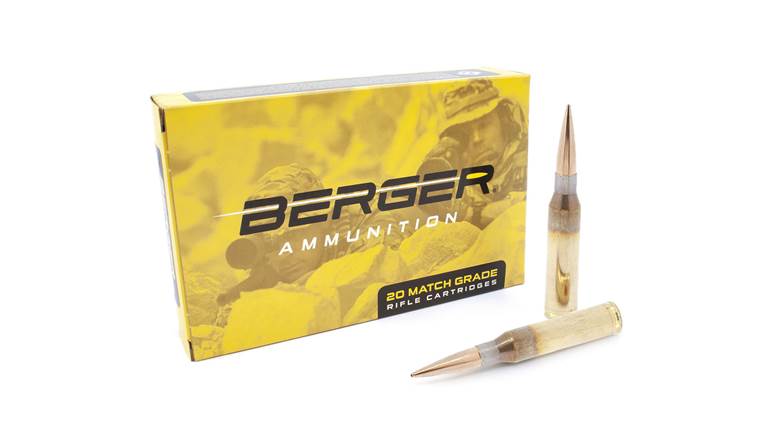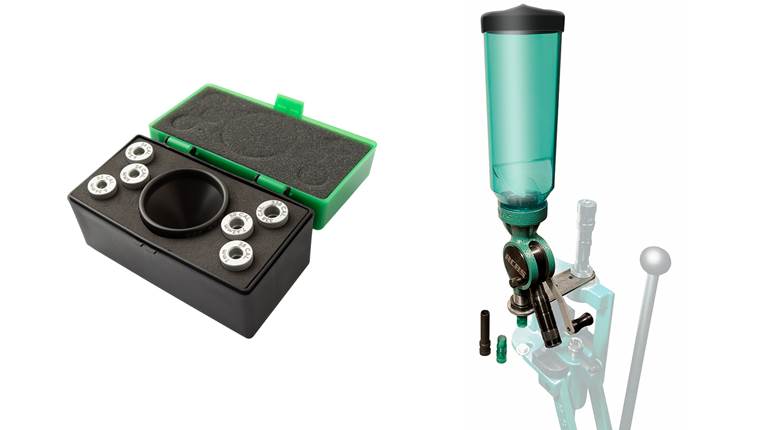
If I had one cent—just a penny—for every piece of brass I have picked up off of one range or another, I would be able to buy a new truck (and I have expensive tastes in trucks). It used to be a custom for military Rangemasters to require this, but times are apparently changing. The biggest reason you still see this happening is because so many guys are rolling their own—handloading. That's fine, but there are other reasons why shooters are picking up their brass, whether they are using factory or handloaded ammunition. It can tell you things about your ammo.
Factory loaded ammunition is generally quite good, but the really hot loads can show signs of high pressure by flattening or even cratering the primer. You may never notice this unless you pick up a handful of the brass and check out every case. Every one of them should look the same, particularly the primer and primer pocket. In the case of handloaded ammo, you also need to look at the case mouth. If you begin to see cracks or splits, at least that case, and maybe the whole batch, has reached retirement age. Good brass lasts very well for when loaded sensibly. Years ago, a friend gave me a .50-caliber ammo can full of Remington GI .38 Special brass. I made PPC loads with that stuff for years and some of it is still out there in the garage.
Pistols sometimes eject brass so violently that they are dented when the case smacks the rear edge of the ejection port. There are other maladies that shorten the life of good cartridges. Worse yet, you can sometimes be shooting a cartridge that is just plainly too hot. Other than excess muzzle blast and recoil, you can't tell what's happening unless you check your brass.






































